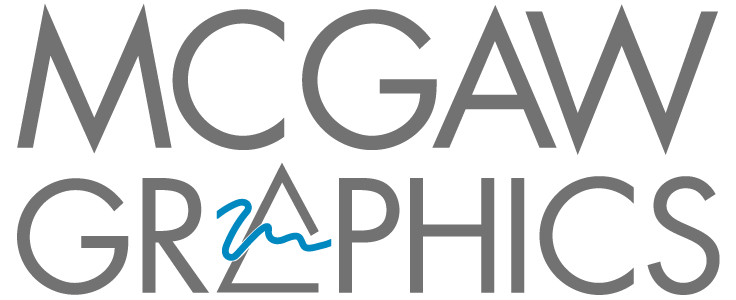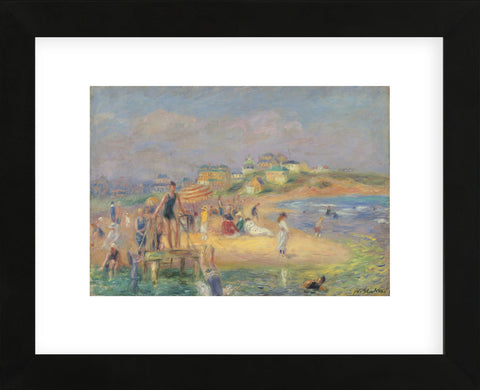Product Detail
- Overall: 16" H x 13" W x 0.75" D
- Overall Product Weight: 2.5lb.
- Material: Glass
- High-quality print on heavy paper
- Printed with vibrant, color-fast inks
- Framed in a contemporary style molding; available in black, gold, and white
- Sawtooth hanger
- Unmatted
Image © 2014 Mint Museum of Art, Inc.
Product Detail
- Overall: 13" H x 16" W x 0.75" D
- Overall Product Weight: 2.5lb.
- Material: Glass
- High quality print on heavy paper
- Printed with vibrant, color-fast inks
- Framed in a contemporary style molding; available in black, white, and gold
- Sawtooth hanger
- Unmatted
About the Artist
William James Glackens (born March 13, 1870, Philadelphia, Pa., U.S.—died May 22, 1938, Westport, Conn.) was an American artist whose paintings of street scenes and middle-class urban life rejected the dictates of 19th-century academic art and introduced a matter-of-fact realism into the art of the United States.
Glackens studied at the Pennsylvania Academy of the Fine Arts and at the same time worked as an illustrator for the Philadelphia Record, the Public Ledger, and The Philadelphia Press. In 1895 he spent a year in Paris and then settled in New York City, where he worked as an illustrator for The New York Herald and the New York World. He went to Cuba in 1898 to cover the Spanish-American War for McClure’s Magazine. While establishing his reputation as a graphic artist, Glackens also began to paint in oils and was a regular participant in the Pennsylvania Academy’s annual exhibitions. Hammerstein’s Roof Garden (1901), a cabaret scene, was his first important oil painting and was exhibited at the Allen Gallery in New York.
Glackens joined a group of artists who were also interested in depicting contemporary life. Robert Henri, with whom Glackens had traveled to Paris in 1895, was the leader of this group, which included John Sloan, George Luks, and Everett Shinn, as well as the more romantic painters Ernest Lawson, Maurice Prendergast, and Arthur B. Davies. Known as The Eight, they held one memorable exhibition in 1908, but, because of diversity of viewpoints, they disbanded.
Among Glackens’s major early paintings, At Mouquin’s (1905) shows a lively New York restaurant in a vivid and robust manner. Later, he became interested in Impressionism and was particularly influenced by Pierre-Auguste Renoir. During the last two decades of his life, Glackens became a regular traveler to Europe, spending much of his time in Paris and the south of France. His extensive knowledge of European art trends made him an especially valuable adviser to the American collector Albert C. Barnes





